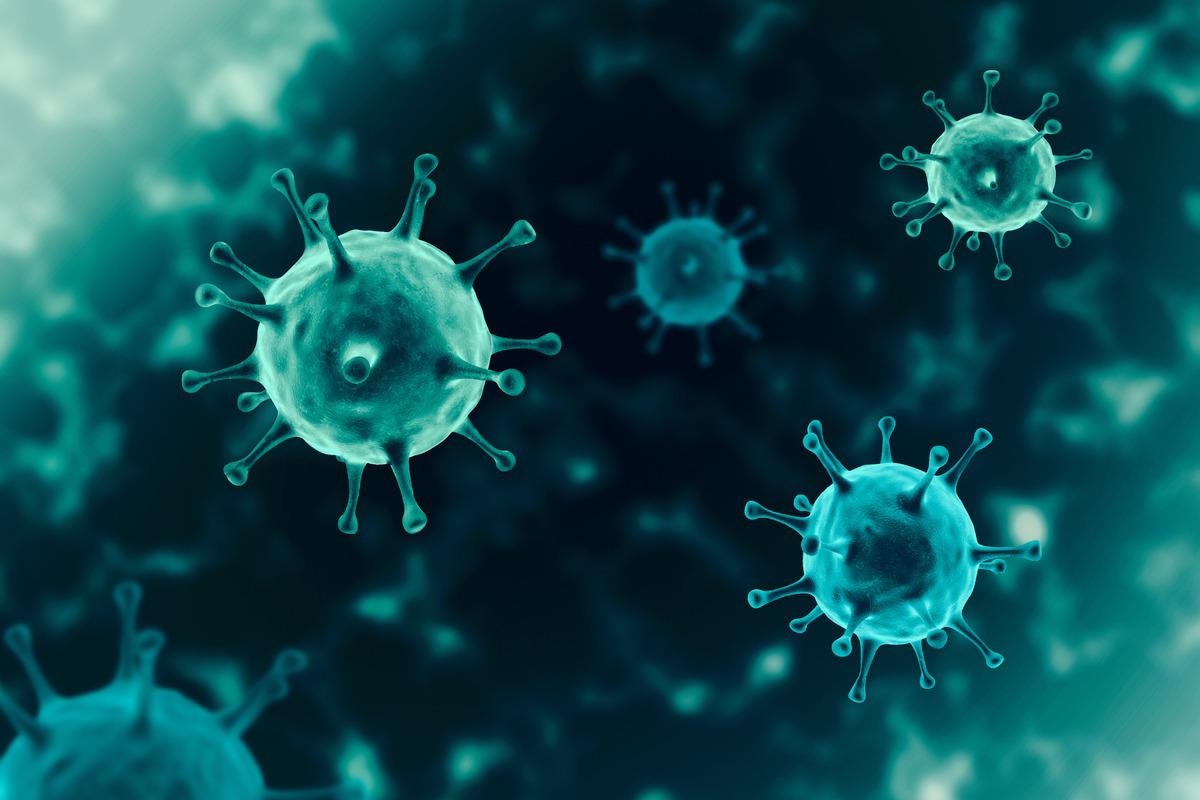Scientists from the University of Victoria and the University of Alberta, Canada, have recently unveiled the structure of programmed -1 ribosomal frameshifting pseudoknot of severe acute respiratory syndrome coronavirus 2 (SARS-CoV-2).
 Study: Shapify: Pathways to SARS-CoV-2 Frameshifting Pseudoknot. Image Credit: Nhemz/Shutterstock
Study: Shapify: Pathways to SARS-CoV-2 Frameshifting Pseudoknot. Image Credit: Nhemz/Shutterstock

 This news article was a review of a preliminary scientific report that had not undergone peer-review at the time of publication. Since its initial publication, the scientific report has now been peer reviewed and accepted for publication in a Scientific Journal. Links to the preliminary and peer-reviewed reports are available in the Sources section at the bottom of this article. View Sources
This news article was a review of a preliminary scientific report that had not undergone peer-review at the time of publication. Since its initial publication, the scientific report has now been peer reviewed and accepted for publication in a Scientific Journal. Links to the preliminary and peer-reviewed reports are available in the Sources section at the bottom of this article. View Sources
The study is currently available on the Research Square* preprint server while under consideration at BMC Bioinformatics.
Background
Severe acute respiratory syndrome coronavirus 2 (SARS-CoV-2), the causative pathogen of ongoing coronavirus disease 2019 (COVID-19) pandemic, is an enveloped, positive-sense, single-stranded coronavirus belonging to the human beta-coronavirus family. Other lethal members of the same family include SARS-CoV and Middle East respiratory syndrome coronavirus (MERS-CoV).
For replication inside host cells, these viruses use a mechanism known as programmed -1 ribosomal frameshifting (-1 PRF). It is known that SARS-CoV-2 stimulates -1 PRF through a unique RNA pseudoknot three-stemmed structure. Recently, studies have identified some antiviral small molecules that bind to the pseudoknot structure to inhibit -1 PRF, leading to inhibition of viral replication.
In the current study, the scientists have modeled the structures of -1 PRF pseudoknot in SARS-CoV, MERS-CoV, and SARS-CoV-2.
Study design
The scientists used RNAz program to align conserved RNA structures of SARS-CoV, MERS-CoV, and SARS-CoV-2 to predict the similarities in their -1 PRF pseudoknot structures. Afterwards, they introduced a novel algorithm namely Shapify to predict RNA secondary structures. The Shapify algorithm provides predicted RNA secondary structure by utilizing a reference RNA sequence, a SHAPE dataset, and a pseudoknot-free secondary structure as input.
In addition to the reference sequence, seven mutated sequences were introduced in the prediction analysis to determine the effects of mutations on the structural conformation of -1 PRF pseudoknots. The scientists selected seven mutations based on the population-level evidence about the effects of these mutations on -1 PRF process.
Important observations
The study revealed structural similarities in -1 PRF pseudoknot structures between SARS-CoV-2, SARS-CoV, and MERS-CoV. The alignment of viral genome sequences using RNAz identified a highly conserved region for the−1 PRF pseudoknot sequence of SARS-CoV-2 and MERS-CoV, despite no sequence similarity between −1 PRF sequences of SARS-CoV-2 and MERS-CoV. According to the whole genome sequencing data, SARS-CoV-2 and MERS-CoV share only 50% sequence similarities, while SARS-CoV-2 and SARS-CoV share almost 80% sequence similarities.
The hierarchical folding-based method used in the study provided a panel of secondary structural conformations of the -1 PRF pseudoknots of SARS-CoV-2 and MERS-CoV. In addition, non-native and suboptimal -1 PRF pseudoknot structures of SARS-CoV-2 were computed for both reference sequence and seven mutated sequences. This information is vital to understand the structure–function relationship and may associate with -1 PRF efficiency.
Regarding potential mutations in the SARS-CoV-2 pseudoknot sequence, the findings revealed that certain mutations may stabilize or destabilize the pseudoknot structure. While C13U and C43U mutations destabilized the structure, U20C, U47C, and U58C mutations were found to stabilize the structure. Considering U20C mutation, a highly non-native structure with low free energy was identified, which was significantly different from the native expectation.
Using the structural landscape, the study deciphered possible pathways that link initial stems to additional stems to reach the final pseudoknot structure for -1 PRF stimulation. Specifically, the study provided initial and transient intermediate structures that are involved in the whole process.
The native structure of pseudoknot showed the lowest free energy. However, several non-native pseudoknot structures showed comparable energetic and structural dynamics to the native structure. This indicates conformational plasticity in pseudoknot structures. These energetically favorable non-native structures are expected to play a role in regulating -1 PRF. In both SARS-CoV-2 and MERS-CoV, a non-native structure was predicted from the most energetically favorable stem (stem 2), which was significantly different from the native expectation.
Study significance
The study provides predicted secondary structures of SARS-CoV-2 -1 PRF pseudoknots including non-native structures. Importantly, the study highlights structural similarities in pseudoknot structures between SARS-CoV-2, SARS-CoV, and MERS-CoV.
As mentioned by the scientists, the structural predictions made in the study can be utilized for three-dimensional physics-based modeling of pseudoknots. In addition, the information on mutation-induced structural changes can be beneficial in developing and identifying high-efficacy antiviral small molecules.

 This news article was a review of a preliminary scientific report that had not undergone peer-review at the time of publication. Since its initial publication, the scientific report has now been peer reviewed and accepted for publication in a Scientific Journal. Links to the preliminary and peer-reviewed reports are available in the Sources section at the bottom of this article. View Sources
This news article was a review of a preliminary scientific report that had not undergone peer-review at the time of publication. Since its initial publication, the scientific report has now been peer reviewed and accepted for publication in a Scientific Journal. Links to the preliminary and peer-reviewed reports are available in the Sources section at the bottom of this article. View Sources
Article Revisions
- Jun 14 2023 - The preprint preliminary research paper that this article was based upon was accepted for publication in a peer-reviewed Scientific Journal. This article was edited accordingly to include a link to the final peer-reviewed paper, now shown in the sources section.